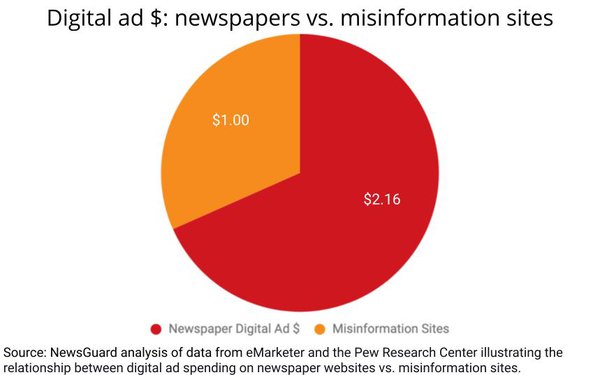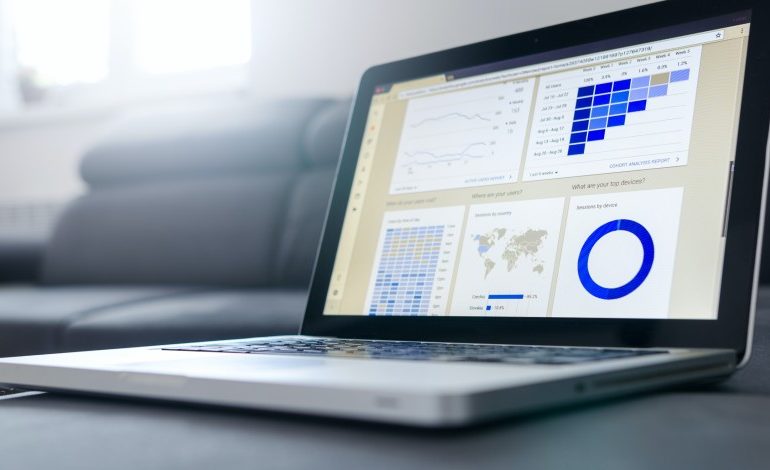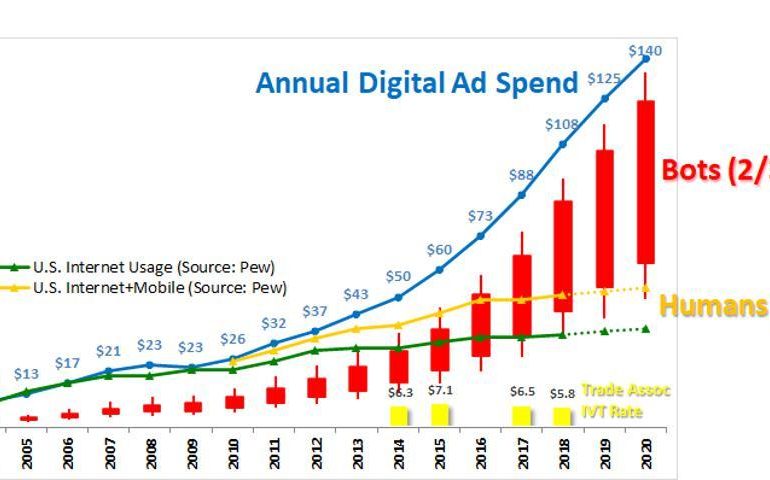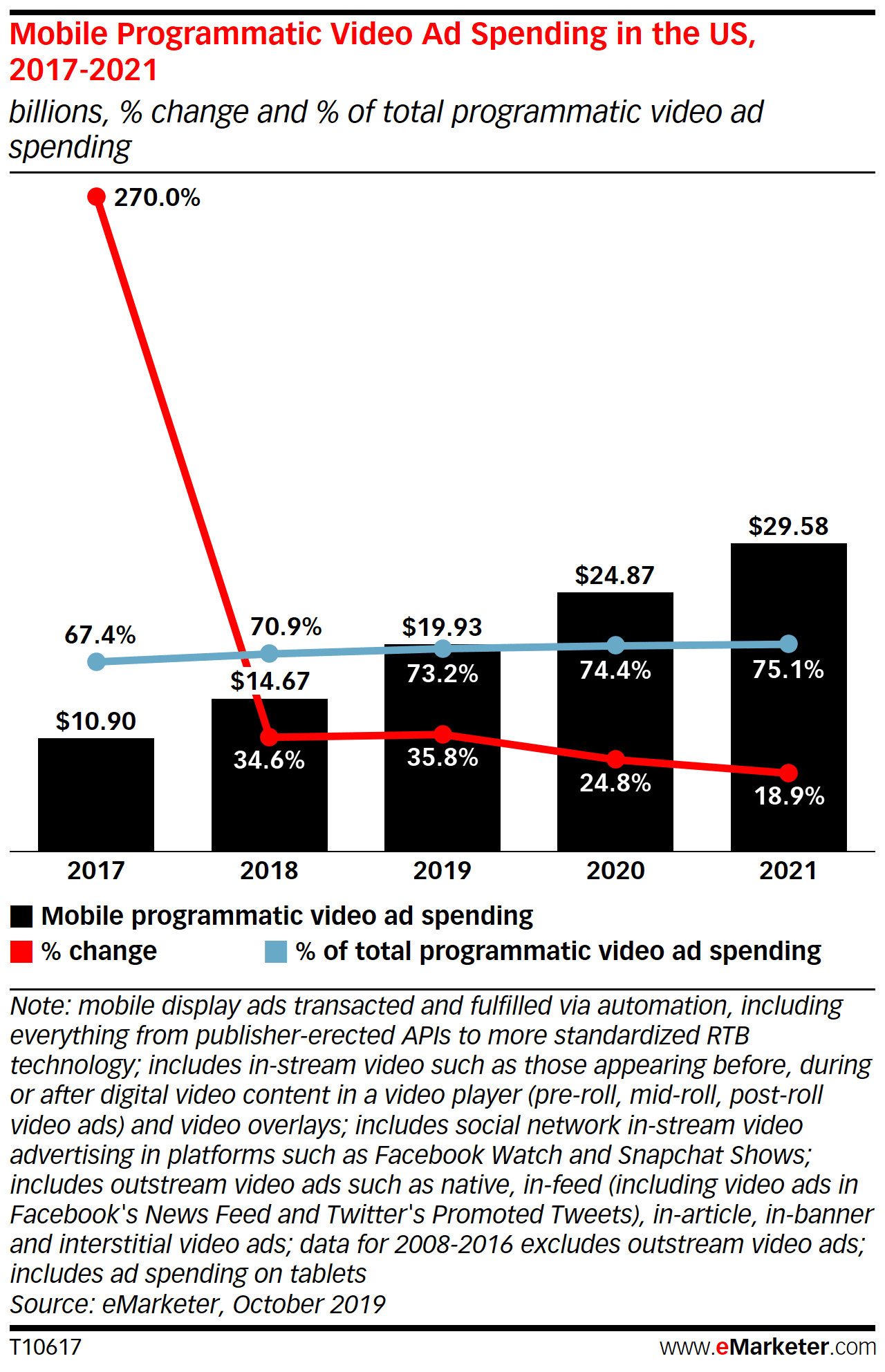By Jessica Wong
Artificial intelligence technology is changing how marketers reach and engage customers. From programmatic advertising to data analysis, AI can help marketers do a better job, but this rapidly evolving field also raises concerns and uncertainties.
Artificial intelligence (AI) has started transforming every aspect of our professional and personal lives. The marketing industry is not immune to this digital transformation, with leading brands starting to embrace the opportunities the technology brings. Gaining a better understanding of customer behaviour is one of the core benefits of AI in marketing.
For years, marketers have gathered and analysed data about customer behaviour. Their goal has remained largely unchanged — extrapolate patterns and predict which products and services will be most popular with a certain audience. From that basis, marketers would then identify the channels to reach their target customers.
AI is giving marketing professionals an essential advantage in this quest. This fast-evolving digital technology can analyse more data more accurately than humans can. AI and its subfields, such as machine learning (ML), also identify existing behavioural patterns and predict future behaviour based on that.
The growing role of AI in marketing
In 2020, the market for artificial intelligence technologies in marketing was valued at just over $12 billion. While that may seem impressive, it pales in comparison with the global AI market, which was valued at over $325 in 2021. However, the current market size does not reveal the true potential of marketing-related AI. That only becomes clear by considering growth predictions.
According to experts, the market for AI in marketing will exceed $35 billion next year, nearly tripling in size in only four years. Another four years later, in 2028, industry insiders believe that this area of the marketing industry will have tripled once again. Statisticians expect that marketers will utilize AI to a value of nearly $108 million before the end of this decade.
How marketers are using AI today
How realistic are those expectations? Consider this: as of last year, four of five marketing industry experts said they had already included some form of AI technology in their work. When asked to identify the areas in which AI and ML were already enhancing campaigns, marketing professionals named benefits in several areas:
- Automation of repetitive tasks
- Analysis of large quantities of data
- Personalization of campaigns
- Predicting conversion rates
- Optimizing the timing of email marketing
Most of those areas benefit the current leading application of AI technology in marketing — programmatic advertising. A recent survey found that 50% of participating marketing professionals named more targeted advertising as one of the main advantages of integrating AI and ML in their approach.
How AI enhances programmatic advertising
Placing the right adverts in front of the right customers at a time when they were receptive to this content used to be a painstaking process. Machine learning algorithms have allowed marketers to automate buying and selling digital advertising space.
Once programmed, the ML algorithms are not static. They mimic human behaviours, including learning. In practice, the algorithm ‘understands’ whether an advert has missed or exceeded expectations and learns from this outcome. There is no need for additional human intervention. The algorithm, or the machine, learns without additional input simply by analysing results and iterating its approach.
Marketers and the brands they represent benefit from improved targeting of specific audiences with customized messages. As a result, conversions grow, and advertising spends more efficiently. Programmatic advertising platforms work by analysing quantities of data that would overwhelm humans.
These platforms cannot only compute data about user behaviour, website analytics, and demographic information. They also see trends and patterns before humans can. Marketing professionals can then use those insights to make their content more relevant, increasing the likelihood of customer engagement. Plus, marketing algorithms can optimize ad placement and bid pricing.
Understanding AI-related concerns in marketing
Like most powerful technological developments, AI has raised some concerns in the industry. In addition, marketers starting to invest in AI technology are dealing with unanswered questions as the technology continues evolving at great speed. Two of the main concerns relate to customers and marketers themselves. These concerns are privacy, data protection and job security in the industry.
Protecting privacy — AI and ML rely on access to large quantities of customer data to recognize patterns and predict potential behaviour. Despite their far-reaching capabilities, these technologies cannot self-police. They will analyse any data fed to them. Marketers need to ensure that their data collection and usage practices are not only ethical. They must also comply with current privacy and data protection legislation, such as the European Union’s GDPR or the California Consumer Privacy Act (CCPA).
Job security for marketers — Job security for marketers is another concern about the growth of AI-based applications. Most recently, these concerns have been discussed in connection with OpenAI’s ChatGPT software. Granted, it is not possible to predict entirely where the marketing industry is headed, but most experts believe that AI and ML will change existing jobs rather than replace them. Marketers can work more efficiently and effectively to benefit the brands they represent. Their daily routine may change, but it is unlikely that robots will replace human marketers anytime soon.
Final thoughts
While AI has the potential to transform the marketing industry as we know it almost beyond recognition, the technology is not here to replace human marketers. Instead, AI and ML can optimize and streamline current marketing approaches.
Both technologies can also take care of repetitive tasks, allowing their human team members to focus on what they are best at and develop creative campaigns that engage more customers than ever before.
By Jessica Wong
Entrepreneur Leadership Network Contributor. Founder & CEO of both Valux Digital and uPro Digital. Jessica Wong is the Founder and CEO of both Valux Digital and uPro Digital. She is a digital marketing and PR expert with more than 20 years of success driving bottom-line results for clients through innovative marketing programs aligned with emerging strategies.











